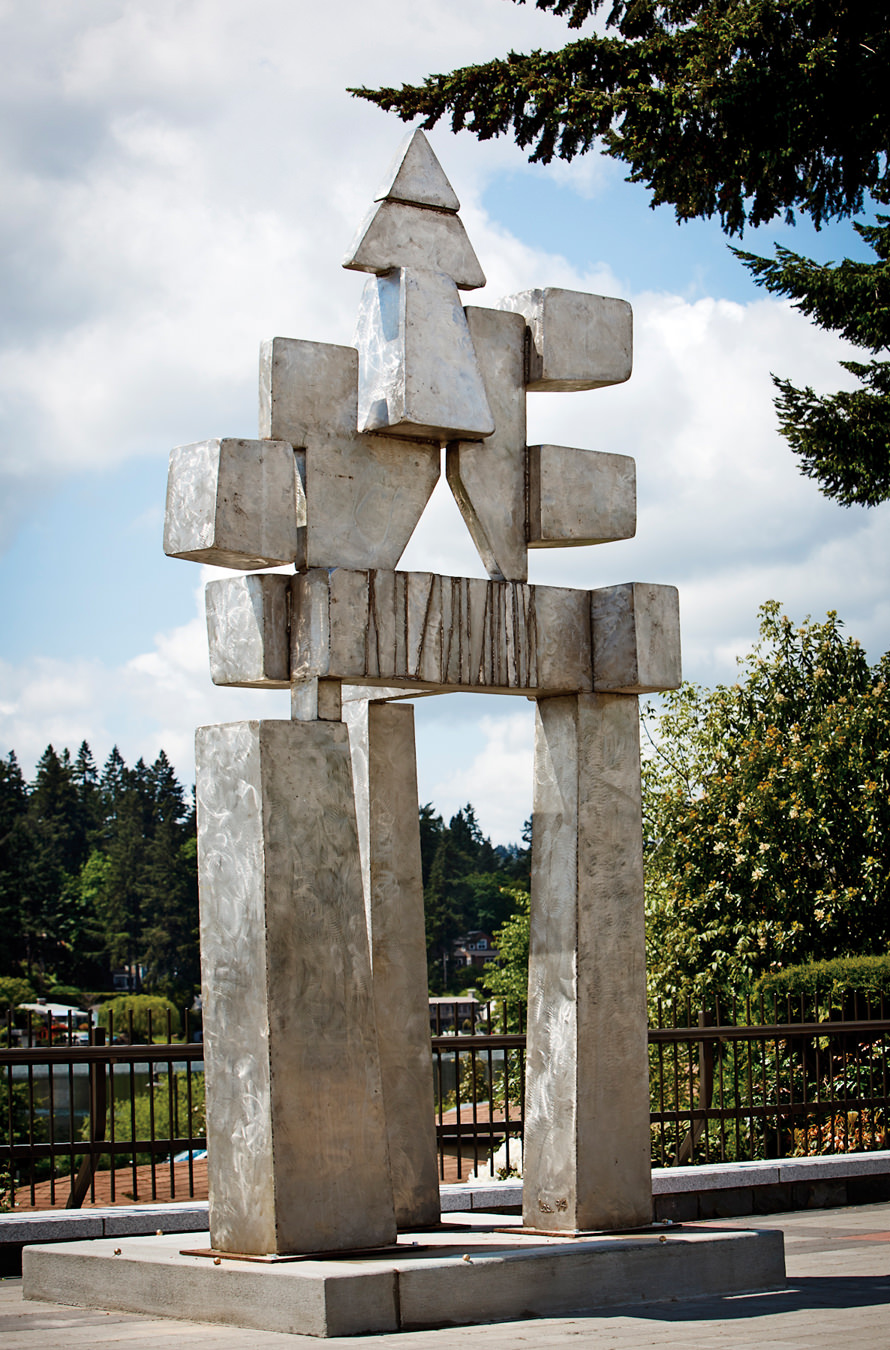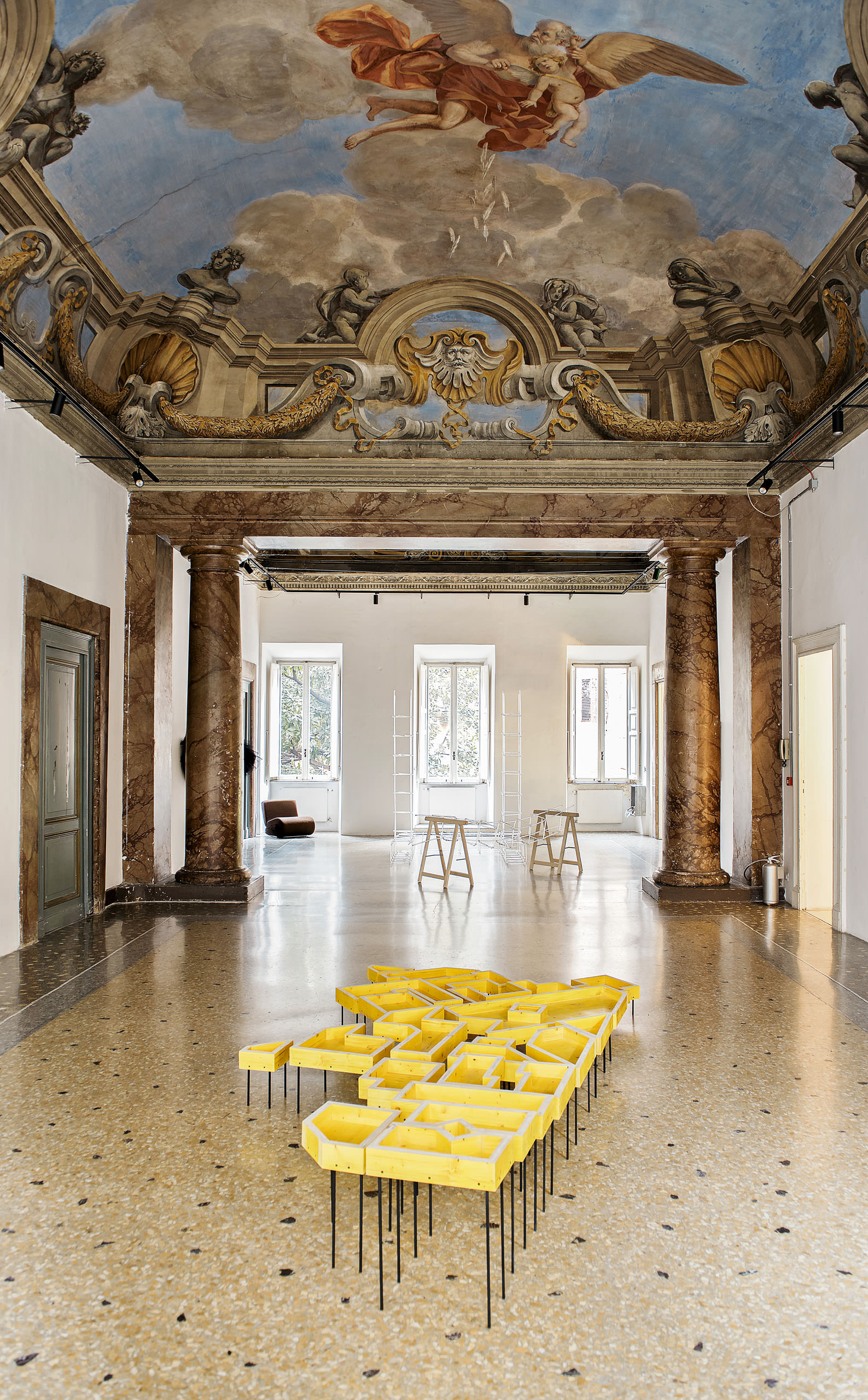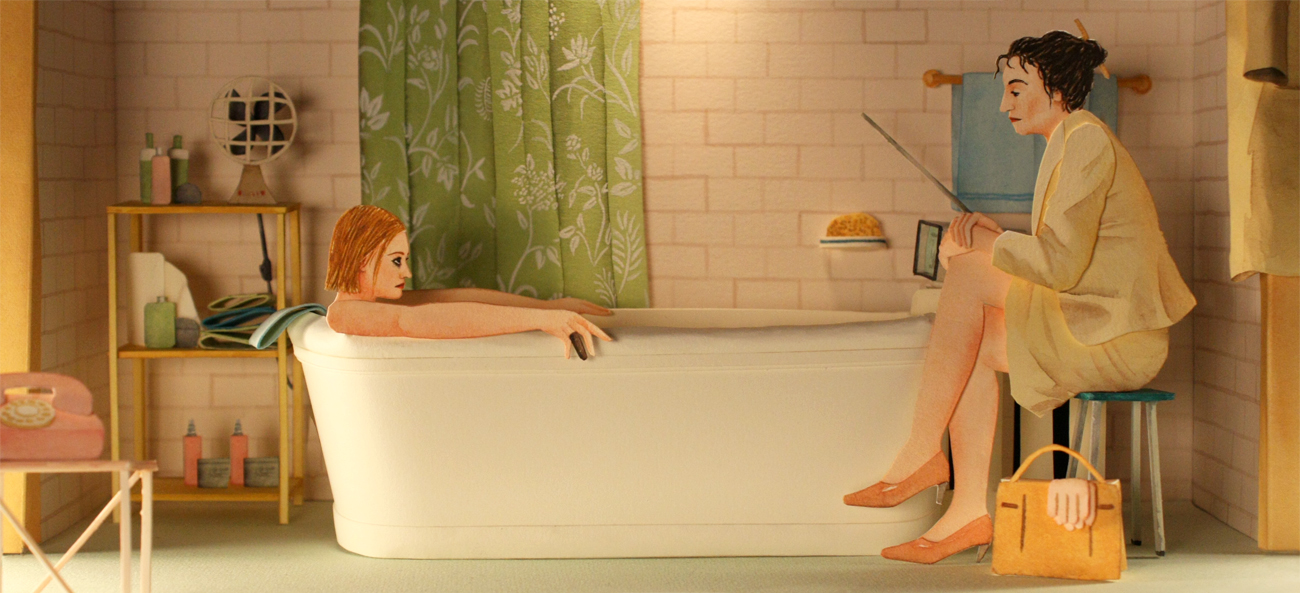The Best Canadian Art Exhibitions of 2019
A year in art.
Pablo Picasso once said, “The purpose of art is washing the dust of daily life off our souls.” The human need to express oneself has manifested throughout time in the form of art, shifting mediums—be it a painting, photograph, or sculpture—yet still evoking visceral emotions from within. Deeply subjective, and yet universal, most art carries the weight of a hundred voices and one mind.
Here, we’ve assembled five of our favourite art exhibitions held across Canada—classic and contemporary, beautiful and necessary—in 2019, and two exhibitions still on view into the new year.
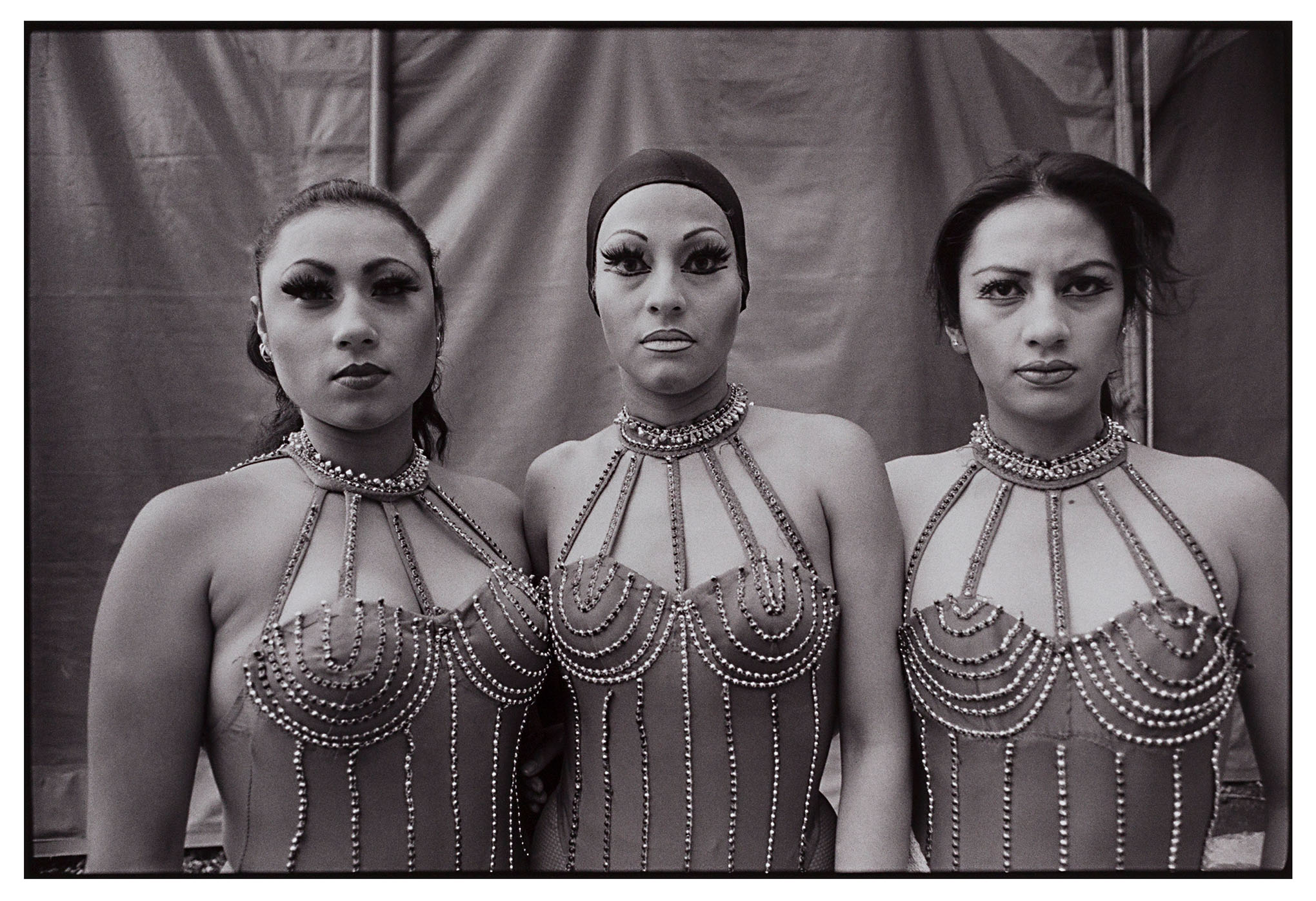
Mary Ellen Mark, Three Acrobats, Vazquez Brothers Circus, Mexico City, Mexico, 1997 (printed 2005), gelatin silver print © Mary Ellen Mark. The Howard and Carole Tanenbaum Photography Collection.
True to the Eyes at the Ryerson Image Centre
True to the Eyes: The Howard and Carole Tanenbaum Photography Collection offered a rare peek into the remarkable photo library of prominent Toronto couple Howard and Carole Tanenbaum. Pioneers of Canada’s photography collecting era, the Tanenbaums have been quietly gathering an impressive private collection over the past 40 years. Family portraits and civil rights events; snapshots from artists unknown and famous the world over—it’s history captured at its most intimate and most monumental.
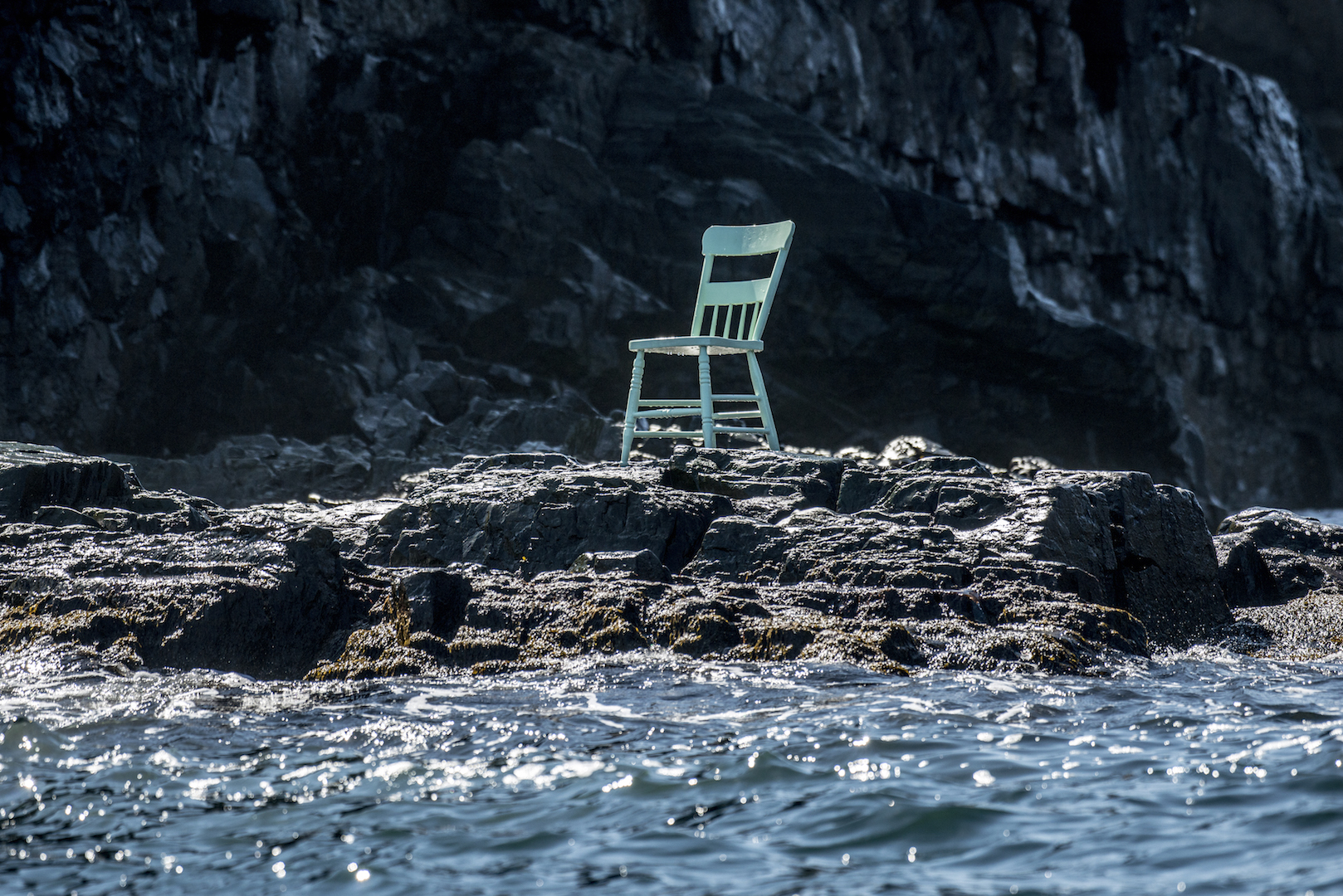
The Green Chair by Will Gill from the 2017 Bonavista Biennale.
Bonavista Biennale in Newfoundland and Labrador
In its second edition in 2019, the Bonavista Biennale in Newfoundland and Labrador was themed FLOE—an idea that spoke to the curators on a number of levels. “Beyond capturing the imagination, ‘floe’ connects this project to a certain place in the world,” co-curator Catherine Beaudette said, “responding directly to Newfoundland’s unique geographic position.” In addition, the term implied movement, relating to the Biennale’s look at the history of dialogue and exchange throughout the North Atlantic coast. With the word floe being defined as a “sheet of floating sea ice,” there was an environmental lean to it all, alluding to the icebergs the region is known for, as well as the manner in which the sea has shaped the geography.
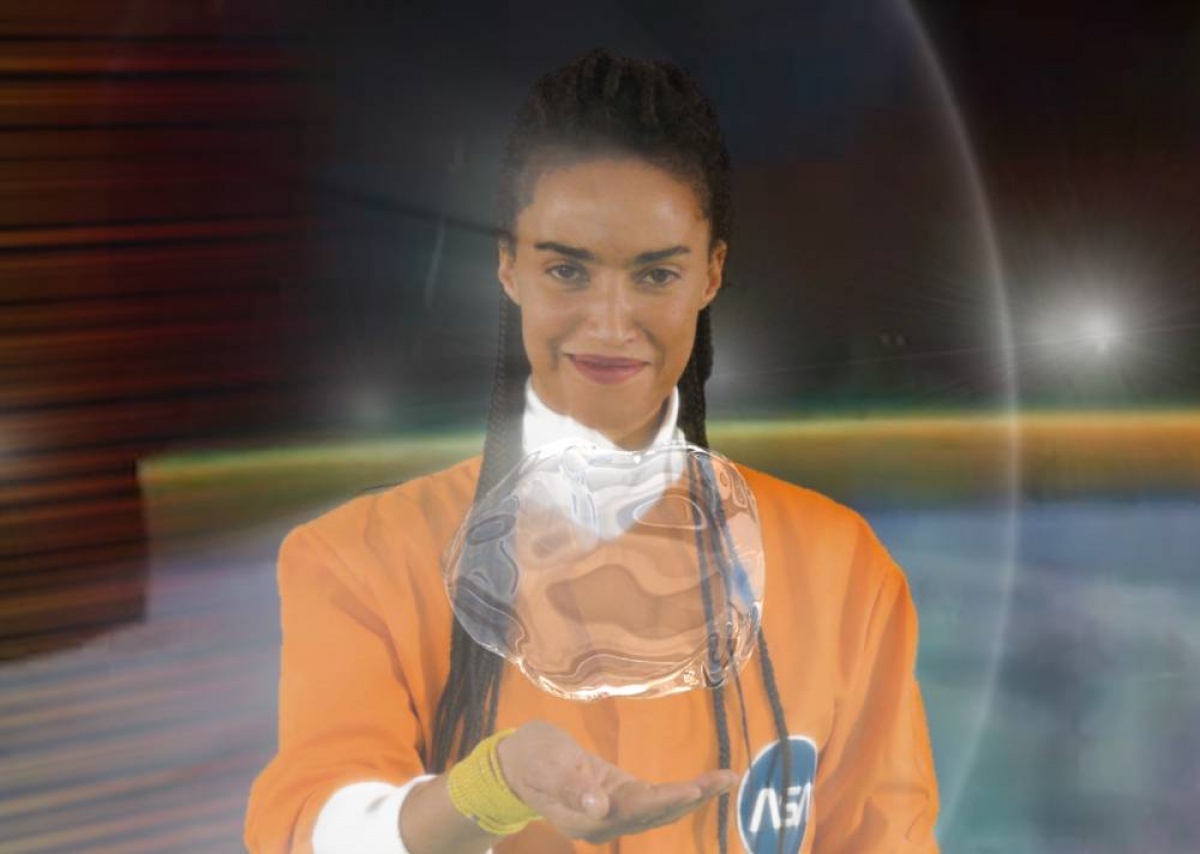
ExtraSpaceCraft (2016).
Hito Steyerl: This is the Future at the Art Gallery of Ontario
German artist Hito Steyerl’s work in This is the Future at the AGO is anchored in its commitment to both invention and compassion. The works are brisk, sharp, jocular, and contrived, but none of this makes them insincere. Instead, Steyerl’s art turns in on itself, and on art in general, to interrogate exactly what it is doing and how it relates to its environment.
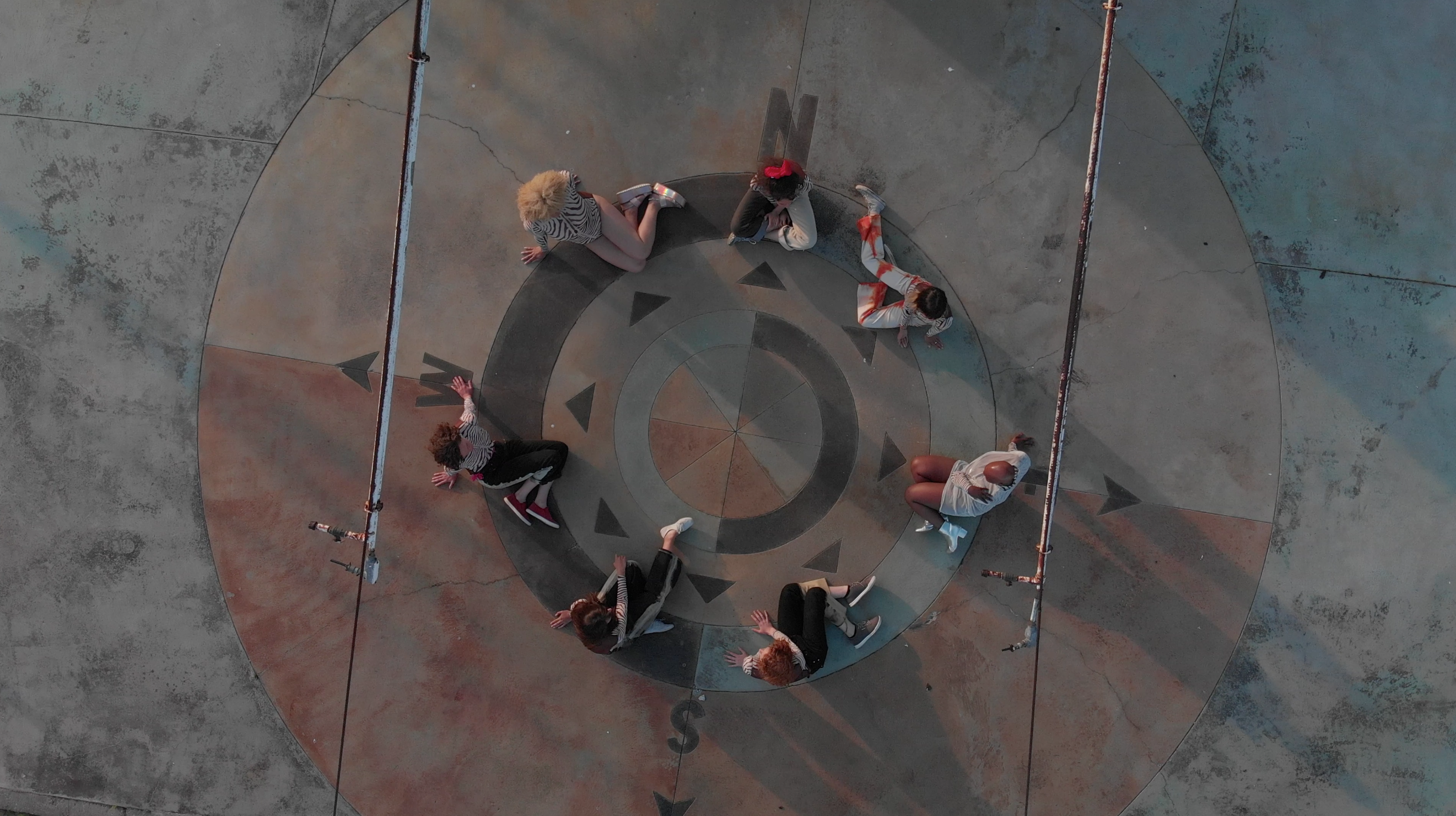
New Mineral Collective, film still from Future Prospects, 2019. Image courtesy of New Mineral Collective (Tanya Busse & Emilija Škarnulytė).
Toronto Biennial of Art
Launched on September 21, the first iteration of the Toronto Biennial of Art included 20 new commissions and more than 100 works curated by Candice Hopkins and Tairone Bastien. Artists were asked to consider the question “What does it mean to be in relation?” as they created artworks inspired by the historical and contemporary connections between the largest city in Canada and Lake Ontario.“We have turned our backs to the lake as a city,” said Patrizia Libralato, executive director of the festival, “but the biennial will bring the focus back.” Artists not based in Ontario were brought to Toronto prior to the event, where they examined the environmental, cultural, economic, and spiritual connections and disconnections in relation to the waterfront.
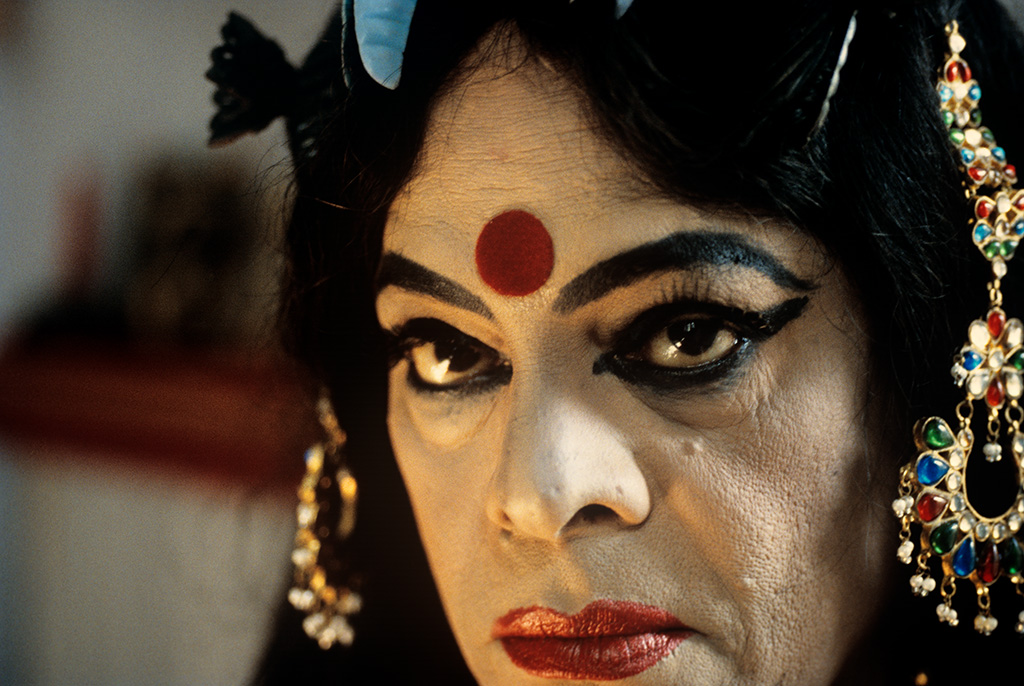
Naveen Kishore, Performing the Goddess—The Chapal Bhaduri Story, 1999 inkjet print. Courtesy of the artist.
Moving Still: Performative Photography in India at the Vancouver Art Gallery
The VAG’s performative photography exhibition Moving Still traced the trajectory of the art form in India from the early 1800s up to the present day. Over 100 works by 13 India-based photographers were displayed and themes of gender, religion, and sexual identity were contemplated through the stillness of photographs by artists, including Umrao Singh Sher-Gil, Naveen Kishore, and Pushpamala N.
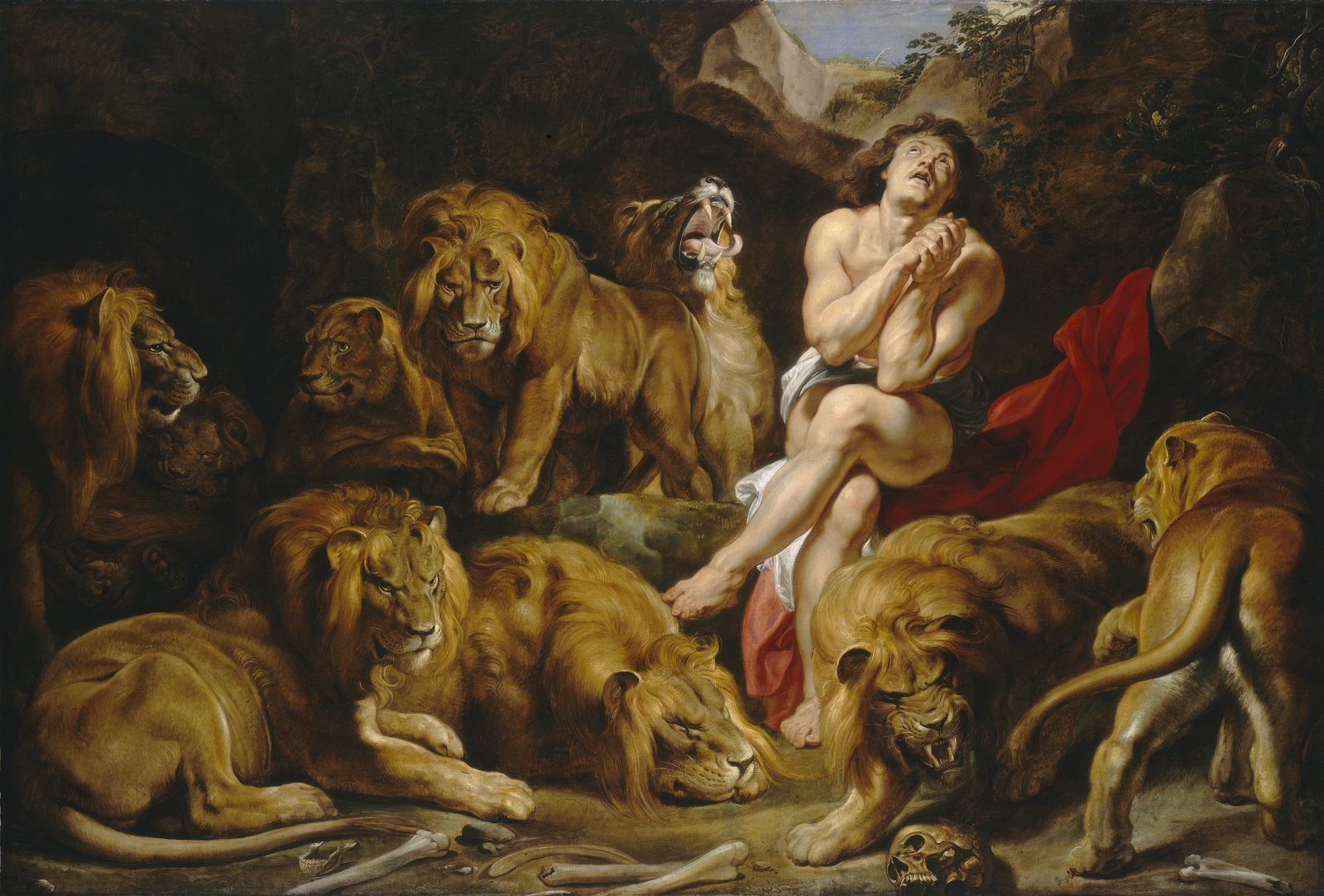
Peter Paul Rubens, Daniel in the Lions’ Den, c. 1614–16. Oil on canvas, overall: 224.2 x 330.5 cm. National Gallery of Art, Washington, Ailsa Mellon Bruce Fund, 1965.13.1. Courtesy National Gallery of Art, Washington.
Early Rubens at the Art Gallery of Ontario until January 5, 2020
A baroque painting is a cinematic experience: grandiose, detailed, and visually commanding. Baroque art is “storytelling [paused at] the climax of the narrative,” says Gillian McIntyre, interpretive planner at the Art Gallery of Ontario. The AGO’s Early Rubens commemorates one of the baroque period’s greatest painters, Peter Paul Rubens, at the height of his career.

A Herd of Deer in the Maple Grove, 2019.
Twin Wings to the Glory at the Sunzen Art Gallery until February 21, 2020
Twin Wings to the Glory celebrates contemporary gongbi artist Ren Zhong. In Chinese art, gongbi paintings lie between the ethos of studious focus and the practice of artful expression. The art form dates back to the Han dynasty (206 BCE to 220 CE) and is rooted in a strict sense of realism. Loosely translating to “meticulous”, gongbi paintings are the result of generations of practice for many artists: each painted line is delicately yet purposely flourished across a silk or rice paper canvas with a hair-thin brush. The scenes often depict the tranquility and harmony of the natural world.
________
Never miss a story. Sign up for NUVO’s weekly newsletter here.






